Crisis Response
SVA’s crisis response work is not possible without the support of our crisis partners, Hummingbird Coffee, and the support of people like you.
We can only respond in crisis because of the work we do in peacetime. Will you help us?
From our beginnings in the wake of the 2010 Christchurch earthquake, SVA has evolved to become a leader of second wave crisis response, helping communities recover after disaster.
Crisis response is at the heart of our mahi, through which we seek to build resilient communities that are connected and ready to respond when crisis hits. Our programmes allow us access to a large network of ready and willing volunteers who can, and have, supported their communities through clean-up and recovery after eight major national crises - from collecting and delivering groceries during the COVID-19 lockdowns in 2020 to operating major clean-up operations after the Nelson floods in 2021, the Auckland Anniversary floods and Cyclone Gabrielle in 2023.
As extreme weather events in Aotearoa are becoming more frequent and intense, we continue to build community preparedness, as well as support community recovery, by:
Providing our university club members with ongoing training, resources and equipment to respond safely and quickly in a crisis;
Recruiting and mobilising high volumes of volunteers to support and deliver a wide range of tasks in multiple locations across Aotearoa;
Working with local and national bodies to plan for and deliver safe and effective spontaneous volunteer management in a crisis situation.
SVA crisis responses
Christchurch earthquakes
Take a look at our ten year anniversary video, remembering the 22nd February 2011 and reflecting on the impact of over our first ever major mobilisation.
It’s true that, in times of crisis, we often see the best of people - and the formation of SVA demonstrated the power of community in droves. A decade later, we’re still empowering volunteers across Aotearoa.
Auckland Anniversary floods 2023
SVA played a pivotal role in Auckland's crisis response to the Auckland Anniversary flooding. We identified 287 separate properties with a range of needs by door knocking at over 1,500 properties and a coordinated media campaign. This was made possible by the swift creation of thorough processes and health and safety briefings ensuring that all individuals deployed had suitable PPE and understanding of the risks.
Wairoa and Otago floods 2024
2024 saw SVA participate in two crisis response operations, supported by our partners at Hummingbird Coffee. In July, flooding in Wairoa affected roughly 118 homes, leaving locals already recovering from Cyclone Gabrielle once again dealing with the damage. Volunteers from our Auckland and Victoria university clubs visited the region to assist the team of Māori Wardens working to support residents in their recovery.
In October, Otago was struck with its wettest day in more than a hundred years. A state of emergency was declared, and dozens of people were forced to evacuate. In response to a request for help, the SVA Club at the University of Otago partnered with Unicrew and Volunteer South to put together our second response of 2024. Dozens of volunteers travelled to a farm in the Catlins to clear several large paddocks of debris. You can read more about this collaboration here.
Stories from crisis







